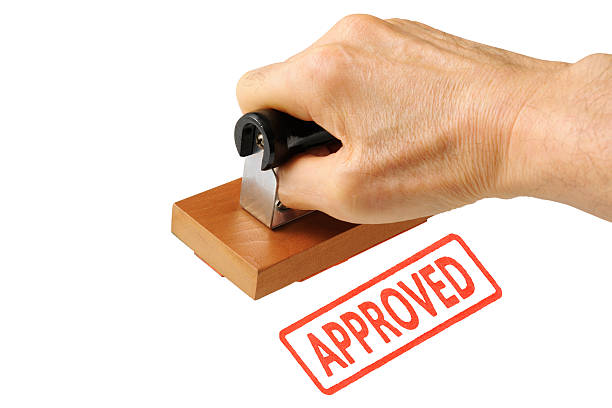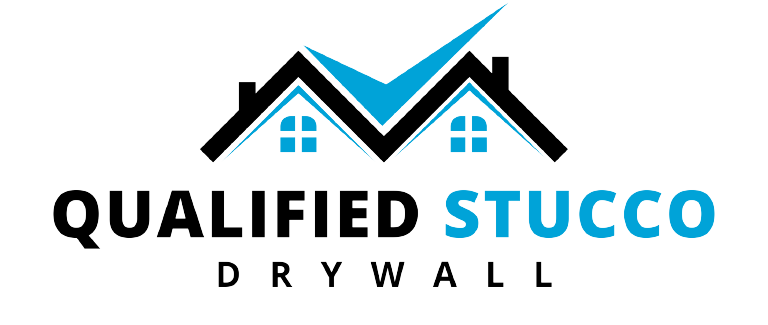Undertaking a DIY demolition repair project can be an exciting and cost-effective way to renovate your home. However, without proper planning and precautions, it can quickly turn into a costly disaster. To ensure a successful and hassle-free experience, it’s essential to approach the project with caution and avoid common mistakes that can lead to expensive repairs. In this blog, we will discuss some valuable tips to help you avoid costly mistakes during your DIY demolition repair.
Plan Thoroughly:

Before swinging that sledgehammer, take the time to plan your demolition project thoroughly. Start by identifying the scope of work and creating a detailed timeline. Research the materials used in your home’s construction and understand how they are interconnected. This knowledge will prevent unintentional damage to vital systems such as electrical, plumbing, or HVAC.
Safety First:

Demolition work can be dangerous, so prioritize safety at all times. Wear appropriate personal protective equipment (PPE), including gloves, safety glasses, and a dust mask, to protect yourself from debris and hazardous materials. Ensure that the area is properly ventilated and secure unstable structures before starting the demolition process.
Obtain Necessary Permits:

Depending on your location and the extent of the demolition work, you may require permits from local authorities. Failing to obtain the necessary permits can result in fines or complications when selling your home. Check with your local building department to ensure compliance with regulations before starting your DIY project.
Start Small and Test:
Rather than diving headfirst into major demolition, start with smaller, less critical areas to gain experience and confidence. This approach allows you to understand the techniques required and any unforeseen challenges that may arise. Additionally, test the stability of structures before demolition to avoid unexpected collapses.
Document and Label:

During demolition, it is easy to lose track of which materials belong where. Take the time to document the process with photos and labels. This documentation will help you during the rebuilding phase, ensuring that everything is put back in the correct place. It can also be valuable when seeking professional advice or selling your property in the future.
Salvage and Reuse Materials:

While demolishing, be mindful of salvageable materials that can be reused or sold. Cabinets, doors, fixtures, or even flooring can find new life in another part of your home or be sold to offset some of your project costs. Properly store salvaged items in a safe and dry location until they are ready for reuse.
Avoid Structural Damage:

One of the costliest mistakes in DIY demolition repair is unintentionally causing structural damage. Be cautious when removing walls, as they may provide crucial support. If you are uncertain about the load-bearing nature of a wall, consult a structural engineer or a professional contractor for guidance.
Be Mindful of Hazardous Materials:
Older homes may contain hazardous materials like lead-based paint or asbestos. Disturbing these materials without proper precautions can pose health risks to you and your family. Consider hiring professionals for testing and removal, or at the very least, consult with an expert to ensure safe handling and disposal.
Know Your Limits:
While DIY projects can be rewarding, it’s crucial to recognize your limits and when it’s time to call in the professionals. Some tasks, such as removing load-bearing walls or dealing with complex electrical systems, require specialized skills and knowledge. Attempting these tasks without proper expertise can lead to expensive mistakes or compromised safety.
Conclusion:
DIY demolition repair projects can be both exciting and cost-effective, but they require careful planning and execution to avoid costly mistakes. By following the tips outlined in this blog, you can minimize risks, prevent structural damage, and save money on your renovation journey. Remember, safety should always be your top priority, and when in doubt, consult with professionals who can provide guidance and expertise. Happy renovating!

